When rivers and reservoirs drop, there are major consequences for anglers, but the ongoing megadrought could affect your hunting season, as well
Drought is readily identified as a stressor on freshwater ecosystems—but how often do you think about the impacts of drought on hunting? The recent headlines about the ongoing megadrought that is affecting nearly 92 percent of the western United States probably call to mind the major consequences for fish and anglers, like voluntary fishing closures due to low flows and warm stream temperatures. But hunters must also contend with warmer and drier conditions that disrupt our seasons or deepen the decline of some game species.
Here are five ways that drought could affect your hunting opportunities.
Decreased Duck and Upland Bird Production
According to Field & Stream, widespread drought conditions in the Upper Midwest’s Prairie Pothole region are contributing to reproductive stress, low recruitment, and long-term population decline for waterfowl species. Fewer young ducks can mean fewer opportunities for hunters too, as more wary adults avoid even the best decoy spread in the marsh. In California, there isn’t enough water available for rice fields, which provide critical food and habitat for migratory birds along the Pacific Flyway. When birds pack in to what limited water sources are available, disease outbreaks and other impacts can occur. Drought conditions often trigger emergency haying and grazing rules that affect the quality of grassland cover, leading to fewer birds, as well. Finally, heat stress and limited cover and water may have long lasting effects on upland bird species, including poor nesting cover and high chick mortality.
Disrupted Migration Patterns
Dry conditions associated with drought are contributing to more frequent, longer wildfire seasons in the West, and data from the 2020 wildfire season shows that wildfire smoke appears to be disrupting the flight paths of migratory birds like geese. Birds are flying longer distances and taking more time to reach their final destinations. These longer flights can result in higher energy expenditure and may lead to increased mortality or lower productive rates.
Public Access Limitations
Habitat isn’t the only thing at risk when drought drives more intense wildfires: Our access could also be temporarily closed as public land agencies struggle to respond to fires and keep people safe. In August, the U.S. Forest Service closed California’s national forests—a total of 20 million acres of public land—to mitigate the potential for additional wildfires. Some state-managed public lands were also closed to keep emergency response routes clear and protect public safety. These closures coincided with the beginning of California’s popular deer hunting season.
Less Forage (and Water) for Big Game
Drought is contributing to a wide range of impacts to iconic Western big game species. According to the Western Association of Fish and Wildlife Agencies, mule deer recruitment is declining due to reduced forage availability and increased heat stress. Drought can even make it harder for bucks to grow full-size antlers. In Arizona, the state’s wildlife agency has been forced to haul wildlife drinking water to a network of catchments, but at a significant financial cost to the agency. In Nevada, hunters recently raised more than $180,000 to support water hauling efforts that sustain the state’s revitalized bighorn sheep populations.
Fewer Hunting Permits
It stands to reason that if habitat and critters are in decline, our hunting opportunities will decrease, too. For example, Utah’s wildlife board approved 5,650 fewer general-season permits for the 2021 deer hunt. The decision was based on a recommendation from state wildlife biologists, who found that ongoing drought is contributing to reduced productivity of critical wildlife ranges, decreased animal survival, and lower statewide population levels of many big game species.
So, whether you hunt, fish, or support sportsmen and sportswomen from the sidelines, the ongoing drought and drier, hotter future we’re facing across the West should concern you. Click here to learn more about hunters and anglers who are experiencing the impacts of the Colorado River crisis right now.
Top photo courtesy of the U.S. Forest Service


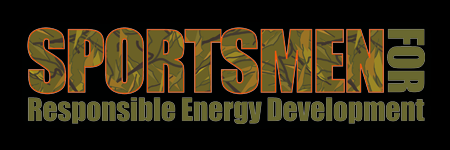
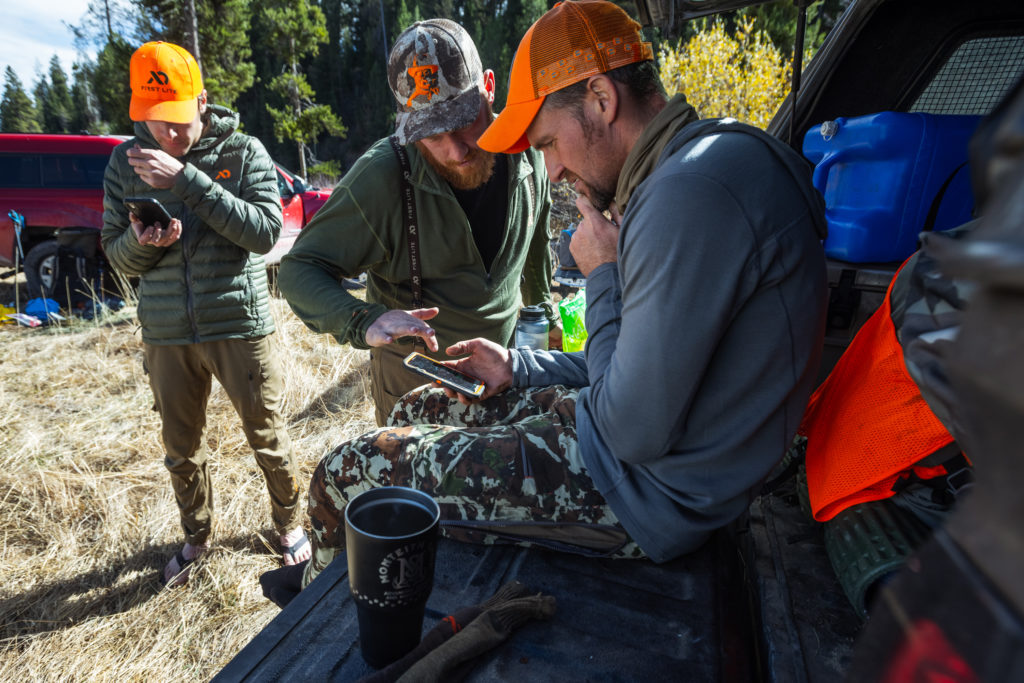
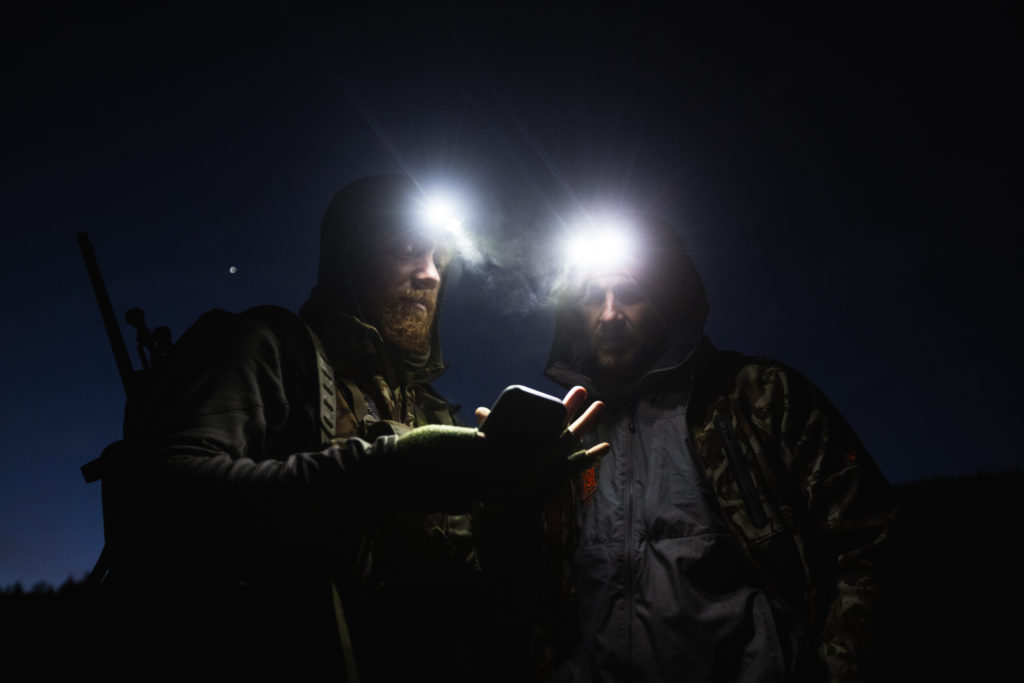
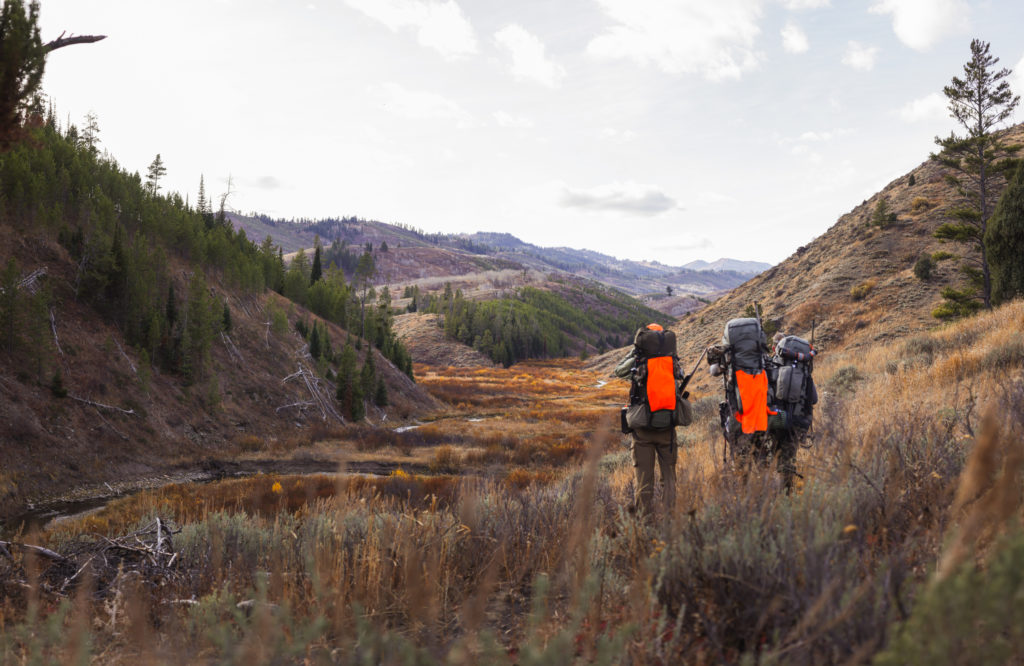
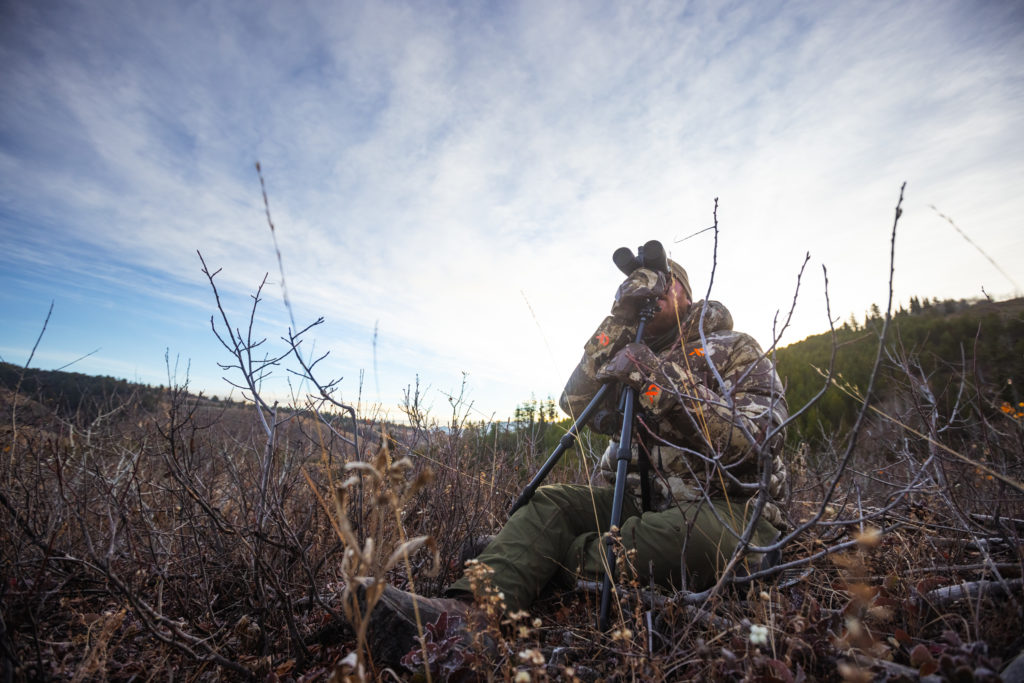
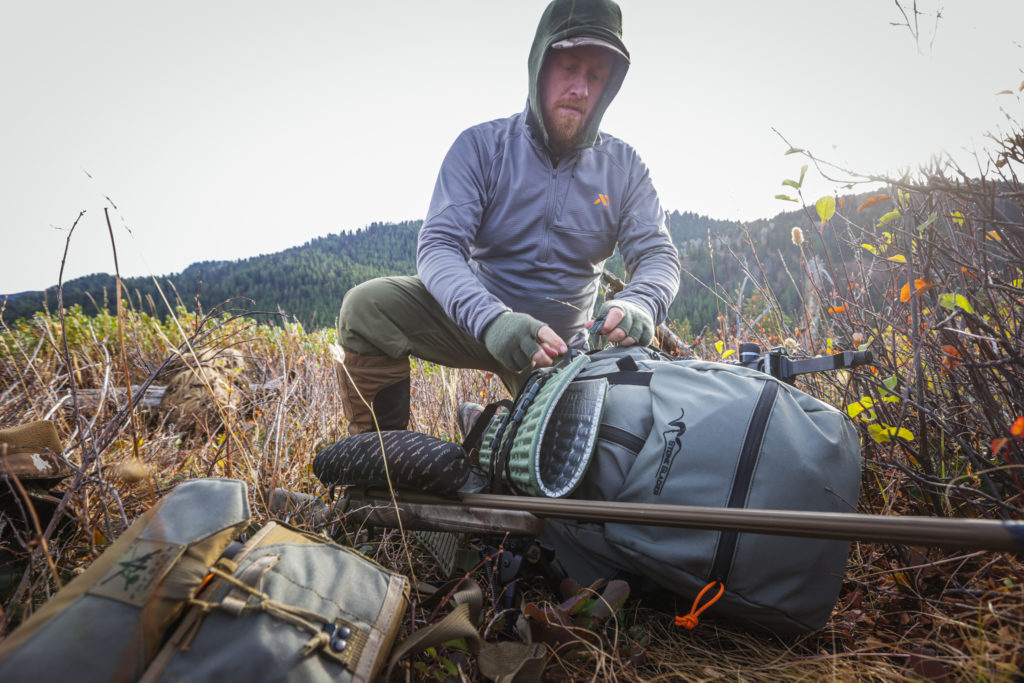
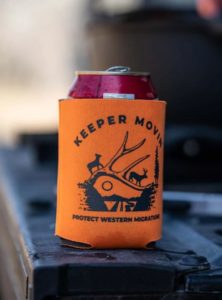
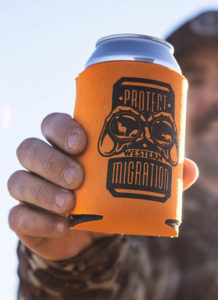




great article. my question as a hunter and angler is what are some of the ways that we can support agencies that are allocating water to areas that support the local wildlife. If giving money is a main way of support what are the agencies and how do we give?
I am the Executive Director of Water for Wildlife® Foundation located in Lander, WY. We were founded in 1975 by the One Shot Antelope Hunt Past Shooters Club and a beautiful example of sportsmen supporting conservation. We have put over 2 million $ in water and habitat projects in arid western states. We have done projects benefiting many species. All of our projects are ranked by the expert habitat biologist at Wyoming Game and Fish Department. Projects include exclosures protecting natural springs, solar pumps in spring areas, guzzlers, re-seeding and bank stabilization, Beaver Dam Analogs (BDA’s) and many more. BDA’s are a newer eco-friendly style water project. Each year we have a much higher demand for project funding than we can provide. Thus excellent projects are not done. If you would like to learn more about our work please go on our website http://www.waterforwildlife.org or follow us on Facebook.
The guzzlers and water catchments across the west are in poor shape. We need to focus on upgrading/maintaining the ones we have instead of creating more without funds for maintenance. I have seen over a dozen guzzlers in the last two years that are not functioning that could potentially spell disaster for wildlife that gave become reliant on that water source. TRCP has the power to demand these water sources be maintained. Please start an initiative to “fix the guzzler”, and show people how easy it can be to restore life sustaining water to these animals! Thank you
Guzzlers can be an effective supplemental water source in arid areas but do required some maintenance. At Water for Wildlife Foundation we strive to water test and update outdated guzzlers. We also do many other type projects to provide wildlife water/habitat. Many natural springs can be improved by adding an exclosure fence to protect the source and funnel water outside the exclosure. There are also solar panels to help pump water in remote areas. A newer, economical type project is Beaver Dam Analogs which are beneficial for wildlife habitat by distributing and filtering the water in a natural habitat. If you are interested in our work please reach out. You can follow Water for Wildlife Foundation on Facebook or our website.
Unless grassroot groups, companies, governments, voters, and others come together to demand that efforts increase to combat climate change, it will get worse before it gets better. Likely, climate change will become globally popular, when people can no longer tolerate its affects and economic loss forces such changes to be made.
100% agree with Tom. Hauling water and limiting tags are great ideas, but only treat the symptoms. Instead, vote for candidates that acknowledge climate change and will work to address it.